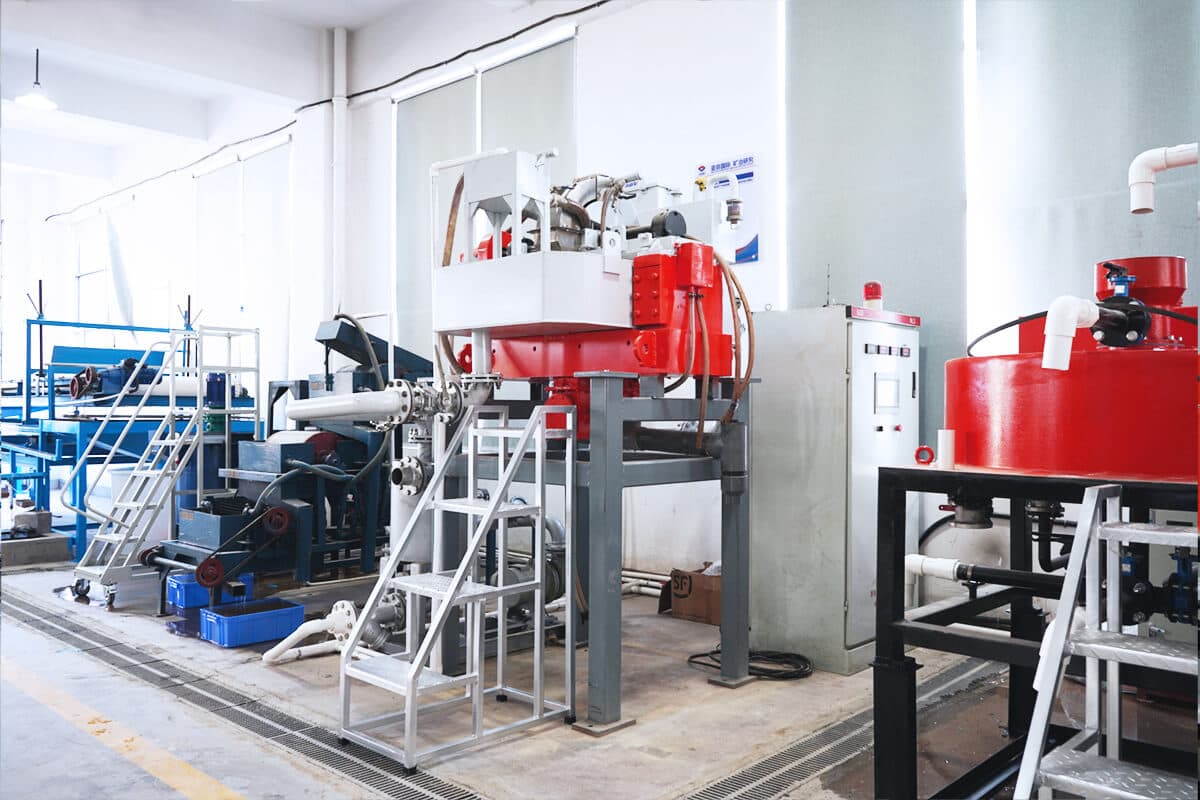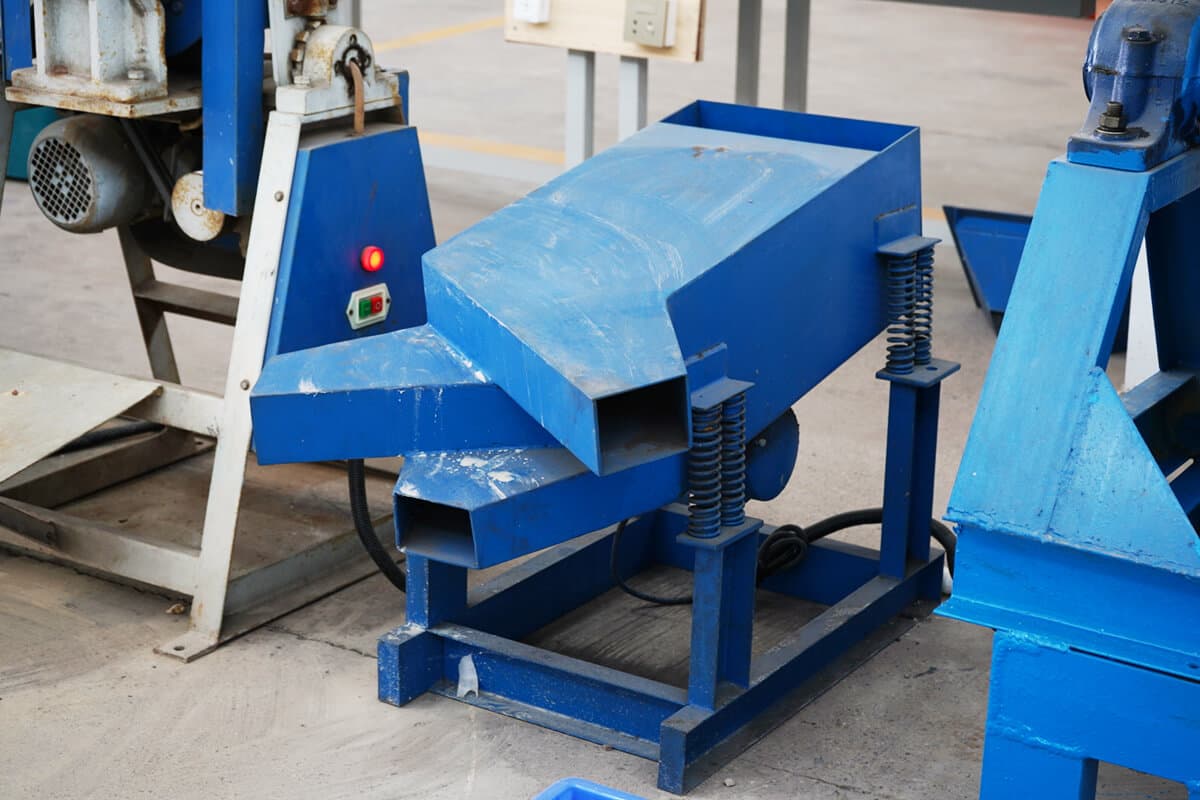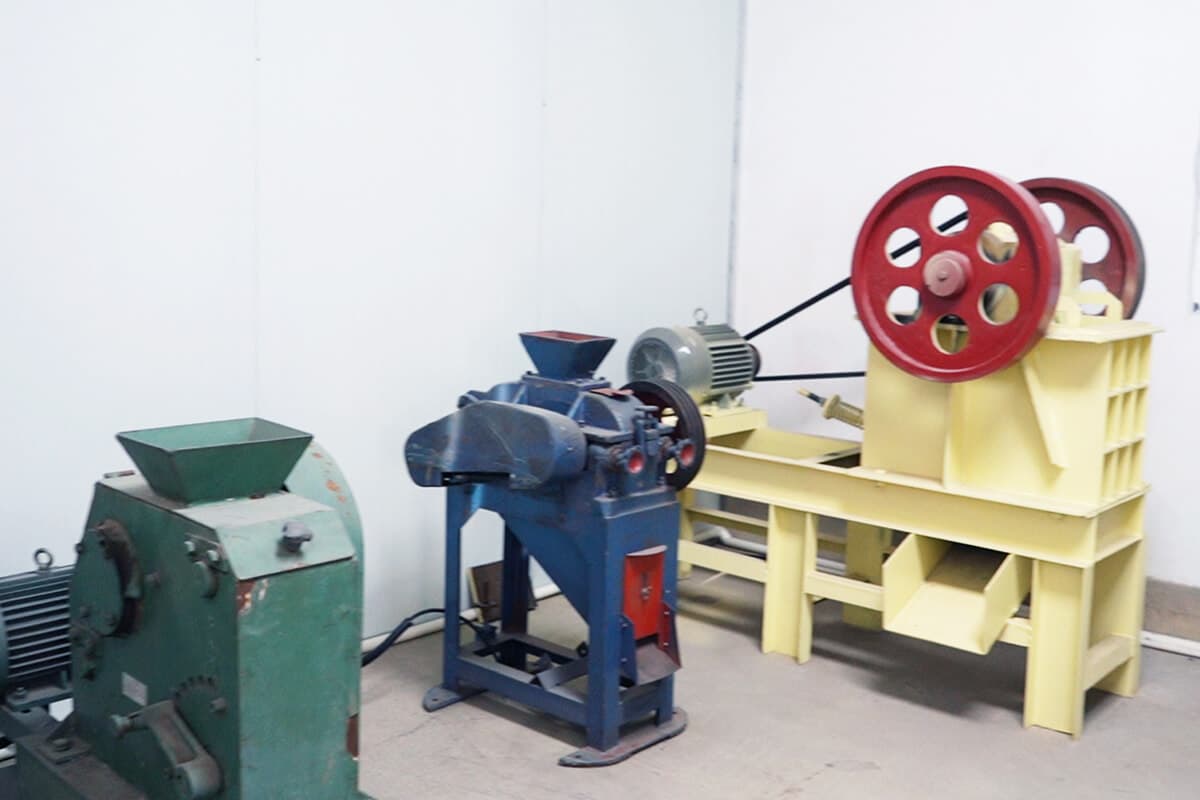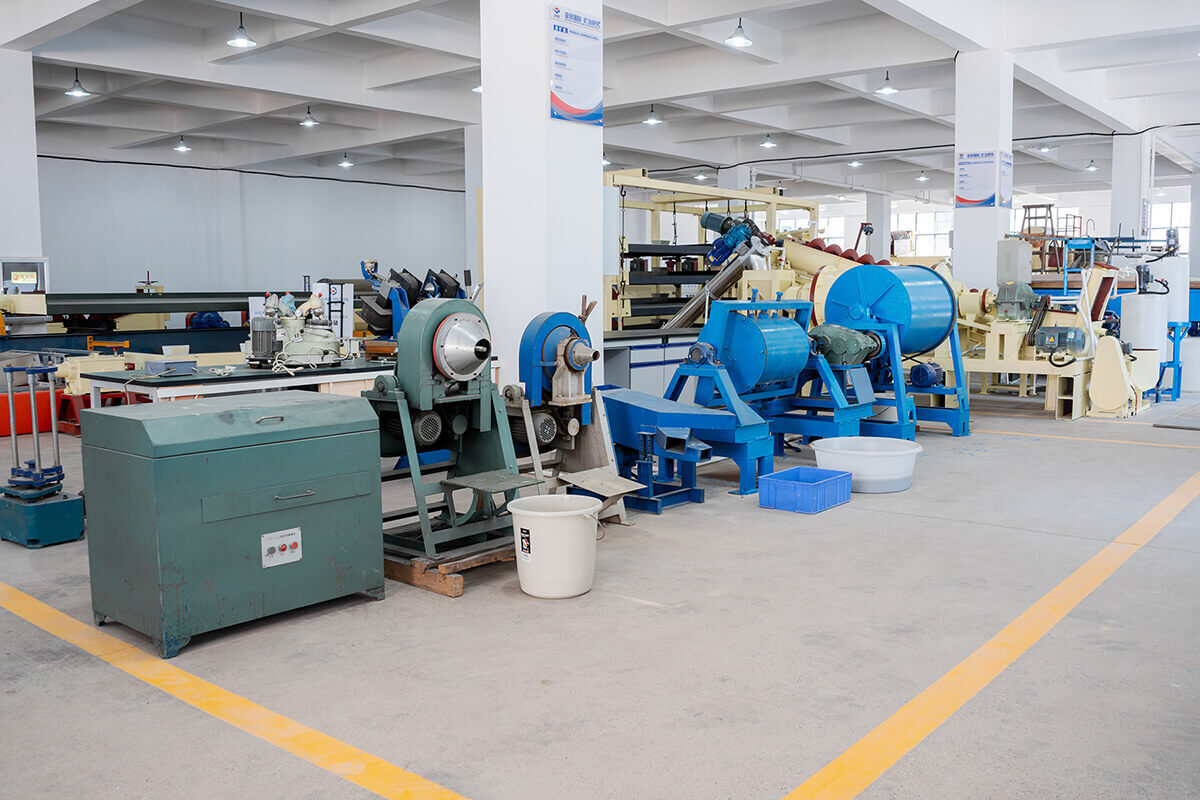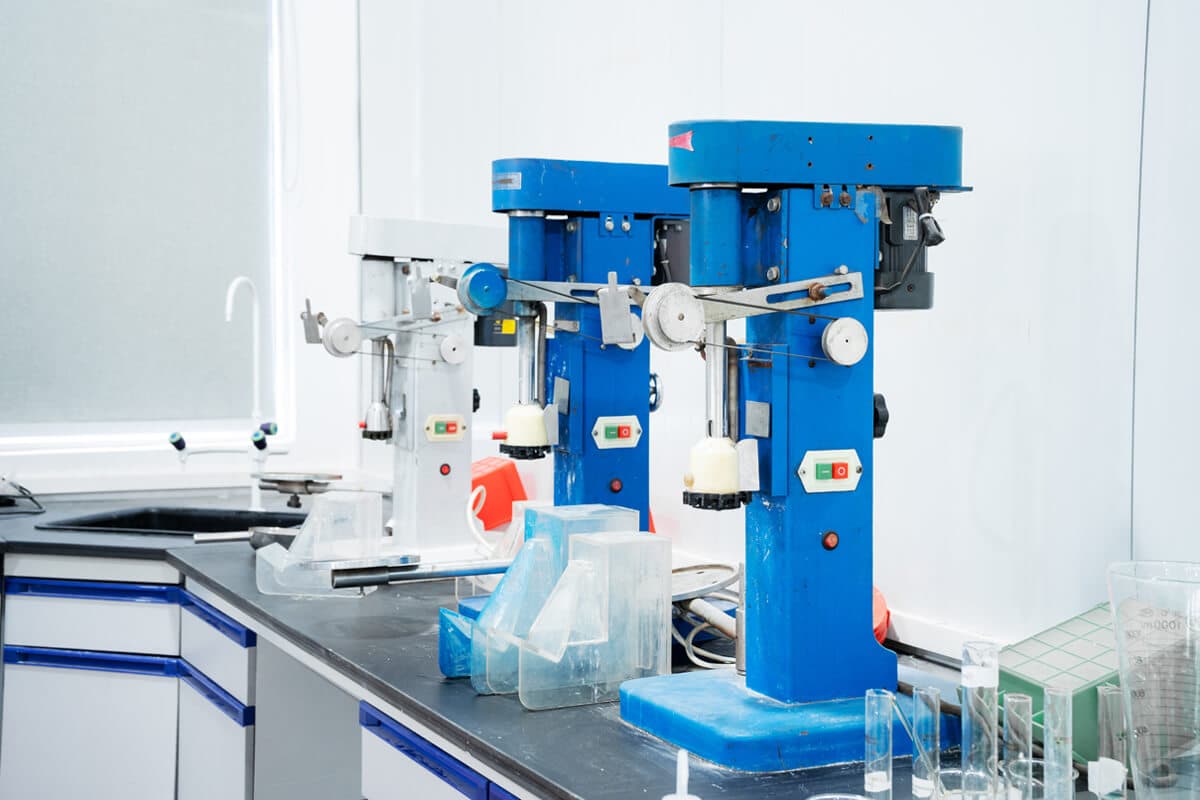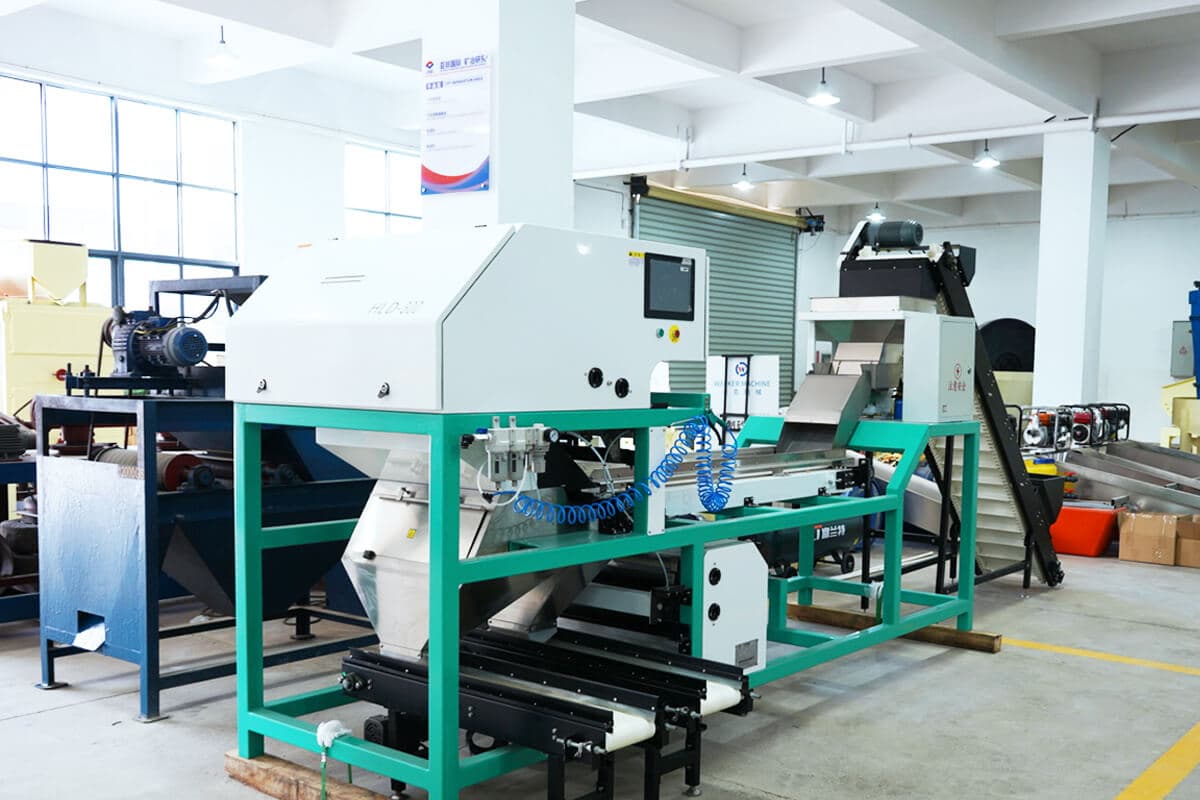Magnetic Separation Testing
Asia-Africa International focuses on providing comprehensive and high-quality lab magnetic separation testing services. It involves using magnets to attract and separate magnetic particles from non-magnetic particles. The testing is widely used in mining, mineral processing, recycling and other fields. Our engineer team is trained to deliver accurate results with short turnaround times while maintaining the highest efficiency and professionalism. Utilize state-of-the-art equipment to evaluate the magnetic properties of different materials and develop custom lab solutions based on your needs.
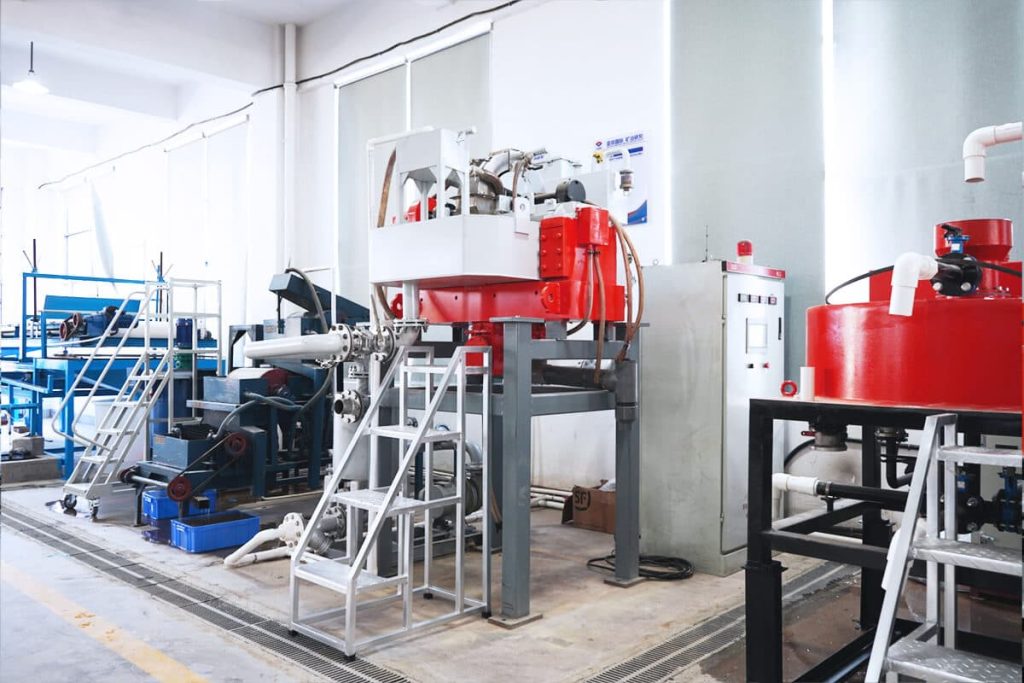
Lab Mineral Magnetic Separation Testing
Introduction
Laboratory mineral magnetic separation test is an effective technique for extracting and separating magnetic particles from non-magnetic materials. It is also an effective method for purifying minerals and removing impurities from industrial products. Generally, it includes magnetic induction intensity, material particle size, processing capacity, material classification and non-classification comparison test. We will conduct tests with various magnetic separation equipment to ensure that the most suitable dry or wet separation method is selected according to the nature and composition of your sample. By analyzing test results, we can provide important information and optimization insights for your mineral processing plant.
Work Principle
Lab mineral magnetic separation testing is a process used in various mining industries to separate magnetic and non-magnetic materials. The material is poured into a magnetic separator with a conveyor belt or vibrating feeder to distribute the material evenly throughout the magnetic field. The magnetic material is adsorbed on the surface of the magnetic medium rod and is washed into the concentrate hopper by the flushing water. Non-magnetic particles pass through the magnetic medium stack under gravity and pulsating fluid force and flow into the tailings hopper to be discharged. The process is repeated several times, and the isolated material is analyzed for purity and quality using various techniques, such as microscopy or spectroscopy.
Main Testing Steps
Step 1: Sample Preparation
The representative sample of the material tested is collected, crushed and ground to a small particle size suitable for testing. Ensure the sample is appropriately homogenized and free of contaminants interfering with the separation process.
Step 2: Initial Analysis
Analyze isolated particles using various analytical techniques, such as X-ray diffraction or electron microscopy. These techniques determine the mineral composition present in a sample based on the crystal structure and morphology of the mineral.
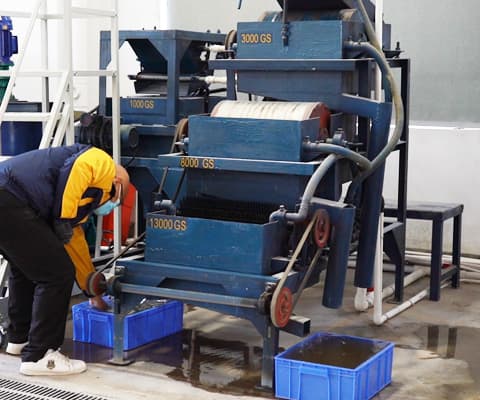
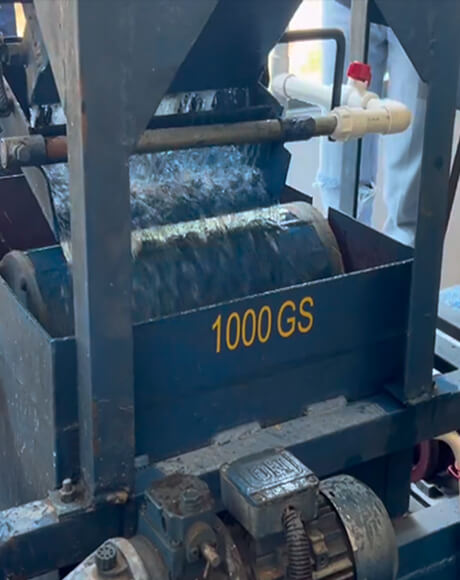
Step 3: Equipment Selection & Calibration
Common magnetic separators include drum magnetic separators, slurry magnetic separators, strong and weak magnetic separators, etc. When choosing the type of magnetic separator, we aim to determine the most suitable machine based on factors such as particle size, material type, and intended use. Then, the operating parameters of the equipment need to be set correctly, including checking that the measured magnetic field strength and flow rate and feed size are within acceptable ranges, etc.
Step 4: Separation Testing
Put the sample into the magnetic separation equipment. The magnetic field attracts and captures magnetic particles, while non-magnetic material is discharged in the tailings hopper. The magnetic particles will then remain on the surface or in the collection area of the separator. The effect depends on the machine type selected.
Step 5: Optimizing
To test the best benefit of the experiment, we can adjust different feed rates and other magnetic separators for multiple tests. We can also use a magnet bar to test to see if magnetic minerals still need to be sorted to refine the recovery rate further.
Step 6: Reporting
Our professional engineers collect and dry the separated materials separately and then analyze and summarize the test conditions in detail, including particle size, magnetic susceptibility, etc. We can provide important information and guidelines for your concentrator.
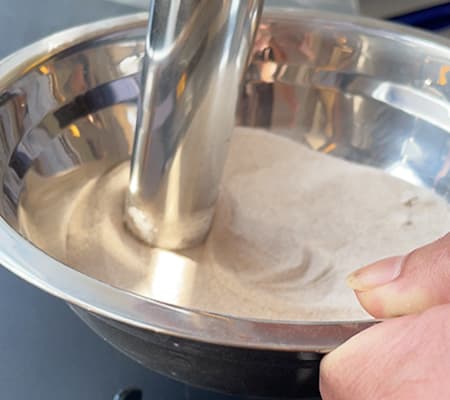
Equipment For Magnetic Separation
Commonly used equipment in lab mineral magnetic separation testing
- Dry Magnetic Separator
- Dry High Intensity Drum Magnetic Separator
- Drum Magnetic Separator
- High Gradient Magnetic Separator
- Slurry Magnetic Separator
- Plate Magnetic Separator

